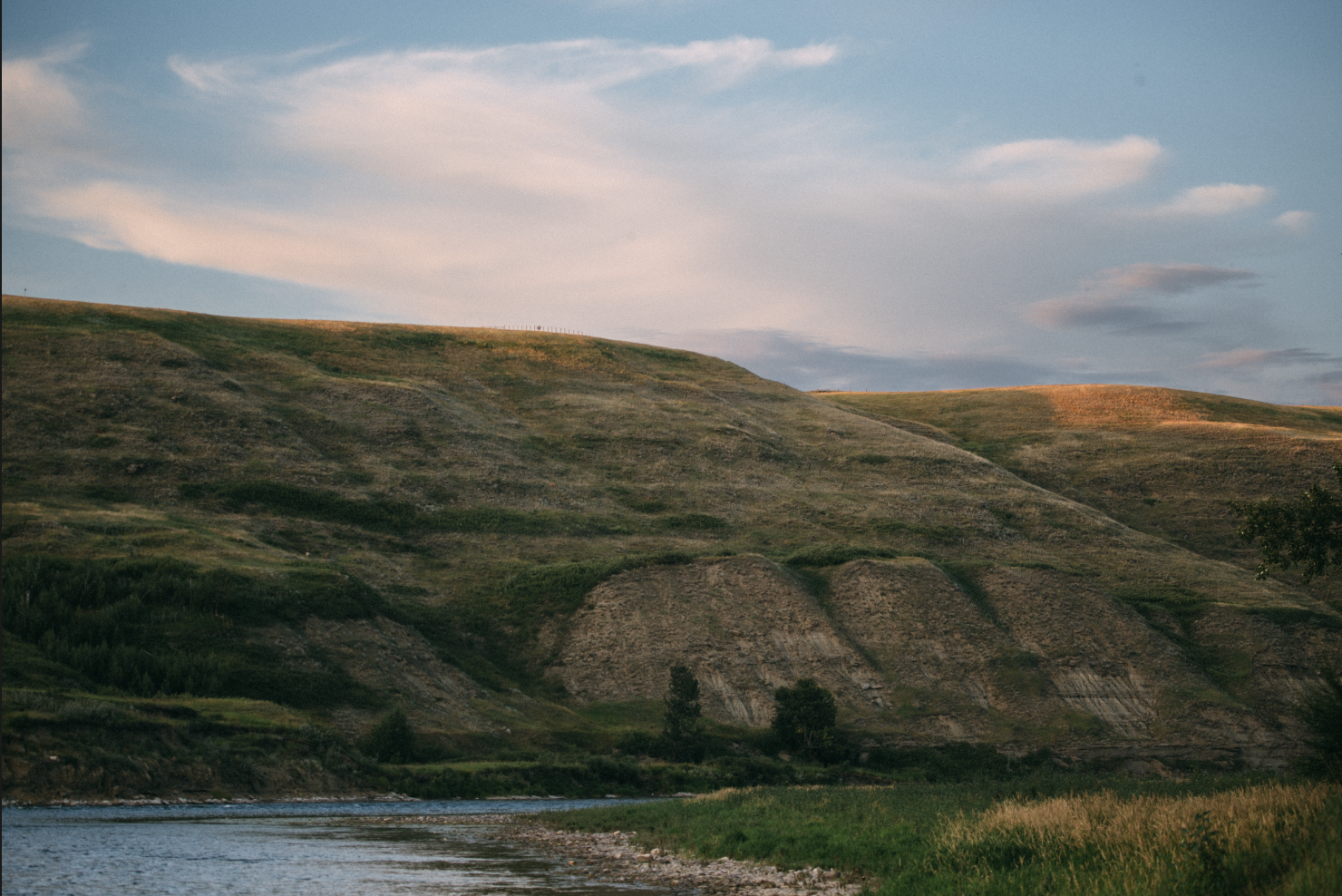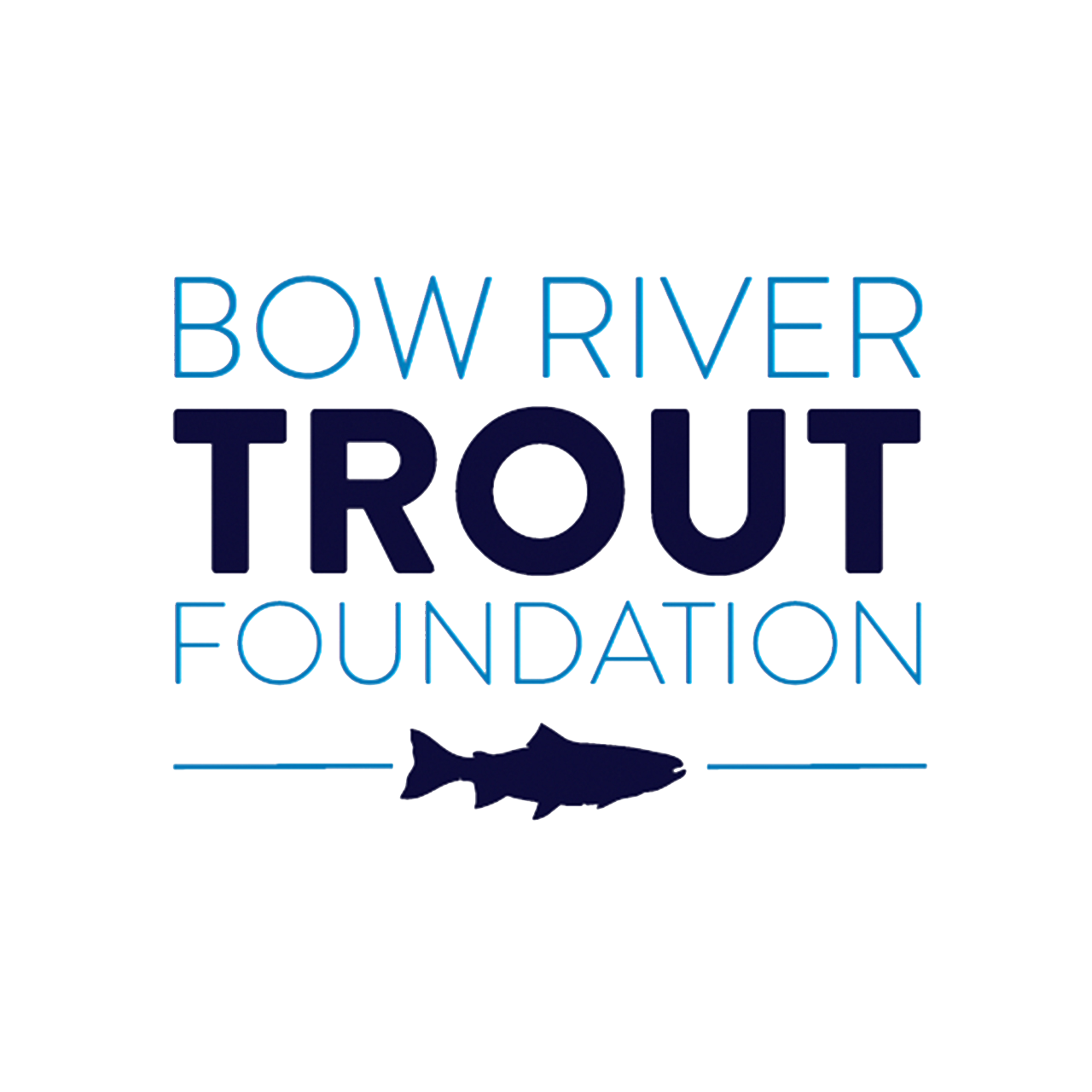
Advocacy
Advocacy update from the working groups with Alberta Environment and Parks.
Flow Management Group
Progress has been made in regards to understanding the negative effects of severe drops in river levels and what drop rates are thresholds that affect the ecology of the river. This has actually been built into the cumulative effects model that is being worked on (more on this later).
Cumulative Effects Modelling Group
Peter Crowe-Swords and I were both extremely impressed by the level of detail and the amount of work that AEP staff have put into the initial stages of this project. A Bow River fish population cumulative effects model is being developed from scratch with initial identified stressors. Historic research is then gathered on each stressor and applied to the Bow River situation. The initial stressors that have been built into the model are:
1) Flow Management in particular the negative effects of “Down Ramping” (the speed and duration of the water dropping).
2) Avian Predation (Cormorants & Pelicans)
3) Salinity (accumulation and pulses of Chloride Ions) Sodium, Calcium, Potassium, 4) Angling Pressure and Catch and Release Mortality. This is the most complicated as it has multiple variations within the angling stressor. I will write a completely separate update with the Angling stressor once more information is available. What comes out of the angling stressor and the breakdown of various ways to affect (decrease) C&R mortality, angling pressure, etc. will have the most direct possible effect on both the angling public and the guiding community so it requires the most attention.
Here are some of the details of each of the above stressors that are being built into the model.
-
• when and to what level does a rapid downward drop in river level affect fish populations
• Looked at the most critical time periods in fish life history –hydro-peaking and down-ramping have highest impact on fish populations during spawning ramping rates less than 10 cm/h are the generally accepted threshold (BC, WA studies) in which to minimize impacts. The rate lowers to less than 5cm/hr to best protect fry.
• Suggestion: higher than 10cm drop per hour should be avoided and limiting down-ramping to night hours may help minimize impacts
• Suggestion: implement a minimum flow with the down-ramping event that will maintain connectivity and ensure temperature changes are minimized
• emergency drops vs non emergency drop rates were discussed.
• Suggestion: appropriate drop rates to mitigate down ramping effect for the non emergency situations. The modelling shows there are some fishery gains or, at a minimum less negative effects, to be made here.
-
• Cormorants – are opportunistic feeders and will eat most readily available species with studies showing primary diet is minnow species and suckers and very low trout numbers (both brown and rainbow) in diet.
• Determined based on the 2.5% diet of trout that Cormorants are having negligible effect on the Bow River trout population.
• Pelicans – do eat more trout than cormorants so is being built into the model.
• Looking at available research, the Pelican diet can consist of enough trout to build into the model based mostly around stocked trout pond research as that is what is primarily available. It would be safe to assume that wild trout would be more adept at avoiding pelican predation than stocked trout but using the stocked pond data does build in a level of caution.
• There were assumptions made on how many pelicans were on the river and how many days they were on the river. They multiply the number of birds x the number of days x the number of kilos of fish eaten x the % of trout in diet (5%) and then compare that to the approximate population of trout in the river.
• End result was the estimated maximum population level of effect was 3.2% of the trout population was being affected with 120 Pelicans eating every day on the Bow for 150 days. To get a much better handle on this number the province is asking for a better count on the actual numbers of pelicans on the Bearspaw Dam to Caresland Weir as well as the number of days they are actually around. A plan for some AOGAA volunteers is being developed to help with a more accurate count.
• The result of this discussion is that yes Pelicans do have some effect on the population but it is low enough that no action would be taken because that has the potential to cause way more public relations problems and isn’t socially acceptable. Ultimately reduction in Pelican predation would not have a significant effect on improving the trout population. If the number had worked out to a much higher percentage other options could possibly be considered but that would have to be in the 60 – 70% range!
-
• There was significant interest in this stressor by all involved.
• A very thorough historical review of both fish and aquatic invertebrates was completed. Fish, in particular Rainbow Trout (think Steelhead) have a MUCH higher tolerance level to salinity than many of the bug species using the most sensitive life history stages (eggs, fry, larvae, etc). March is historically the worst month on the Bow River for salinity due to snow melt and the subsequent road salt runoff into the storm drains.
• Very significant information was available from the City of Calgary water quality database. This data went back upwards of 20 years. The readings are taken monthly.
So, there may be peak or lows that occur which are above/below the monthly sample value but this data is likely representative of overall baseline chloride concentrations in the Bow.
• The end result was the BOW river is WAY below any level of concern in regards to
chlorides. The water quality guidelines used to evaluate this are the Canadian
Environmental Quality Guidelines for chlorides, which includes a short-term/acute
threshold and a long-term/chronic threshold for the protection of aquatic life. For
example, in the 1,895 chloride water samples available in this reach of the Bow River,
there was only 1 recorded reading over the short-term CCME threshold. Note, a detailed review of all water quality data for the tributaries was not reviewed as the scope of this exercise was for the Bow River, but this data is available through the City of Calgary website if anyone wants to dig in deeper.
• This summary was a significant surprise to most people but it was very important to look at this as I, and many others, thought for sure salinity was a significant issue on the Bow. It was abundantly clear that the Bow doesn’t have a salinity issue. However, this does raise other questions of is there a different chemical/heavy metal that is having an affect on the Bow. A challenging question. Luckily the U of C is partnering with the City of Calgary on a multi-year research program targeting this exact question and initially primarily looking at waste and storm water effluent within and upstream of the city to identify if there are any problem areas. I was very encouraged to learn this.
Moving forward with the cumulative effects model more stressors will be added to make this as thorough as possible. One of the first to be added and have a discussion about will be irrigation canal entrapment as there is some reasonable data about this thanks to the fall TU rescue programs that happen.
One of the first to be added and have a discussion about will be irrigation canal entrapment as there is some reasonable data about this thanks to the fall TU rescue programs that happen. Once they have the initial model including the Angling Stressor done they will move to a larger group of anglers for further input and to “test the reaction” of the broader group other than Peter Crowe-Swords, myself, and Lesley Peterson. The release of the information to the general public would then follow that input from the broader group and ask for feedback before ultimately making recommendations for regulation changes. There possible timelines are:
a) Public Input Fall of 2021 with changes marked for April 2022 OR b) Public Input in Fall of 2022 for changes in 2023.
I hope this brings everyone up to speed and helps show how seriously AEP is taking the future management of the Bow River. Yes it has taken several years to get here and that is very frustrating for me personally but at least it is being done now. We as anglers, outfitters, retail shop owners, and guides will need to think about and have some difficult and challenging discussions around the big picture of the future fishery and management of the Bow River. I will provide a more detailed look at the angling stressor once the various options are evaluated and presented after the larger group input has been completed.
With Hope,
David Blair
Bow River Trout Foundation (Director of External Relations)
Angling Outfitters and Guide Association of Alberta (Government Liaison Lead)
